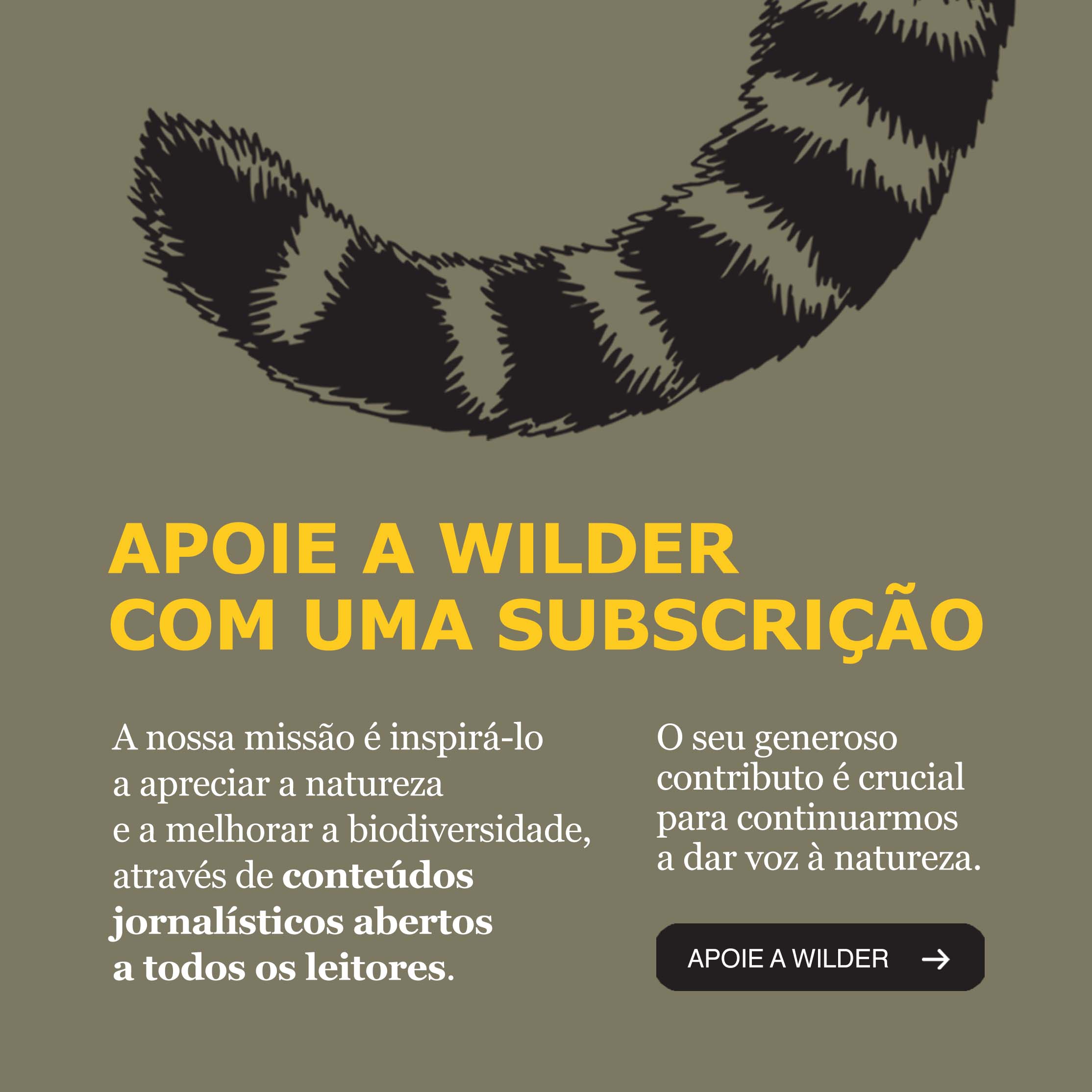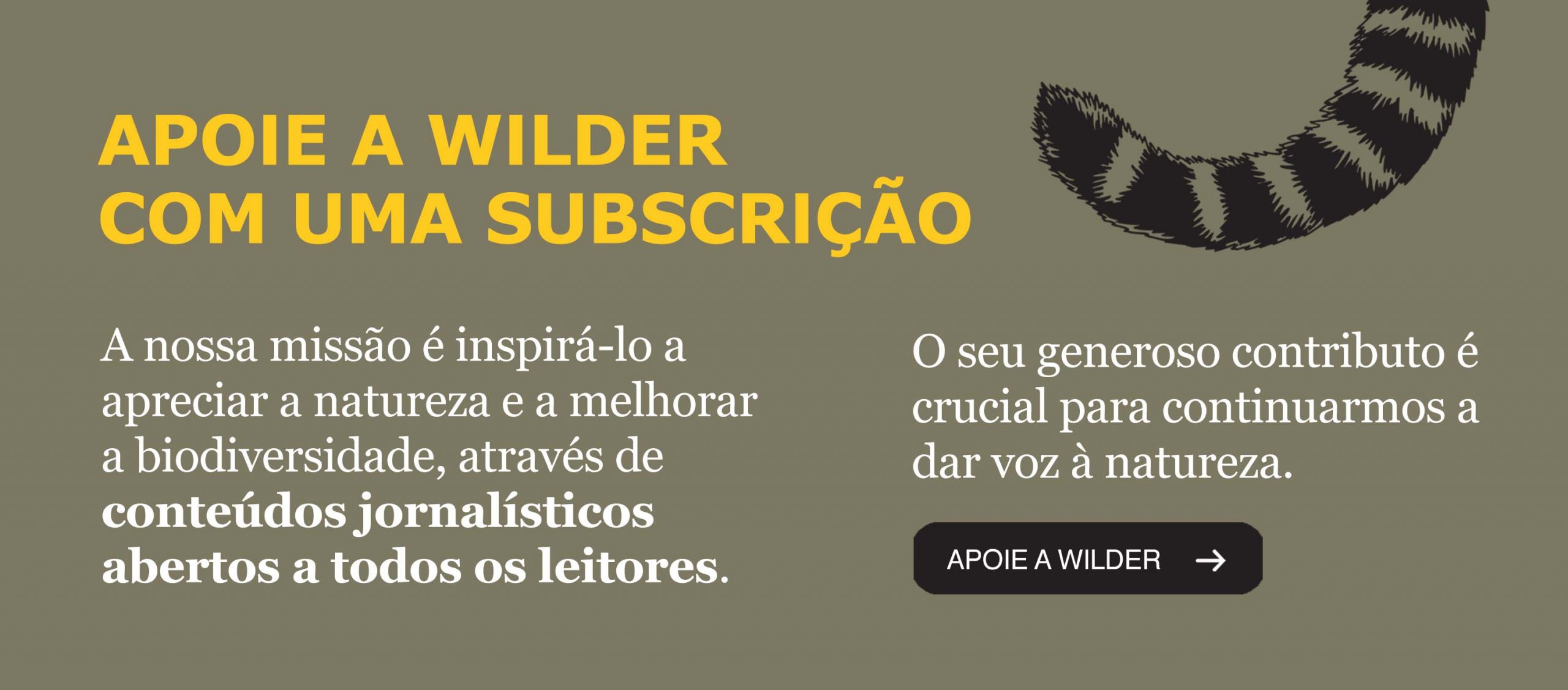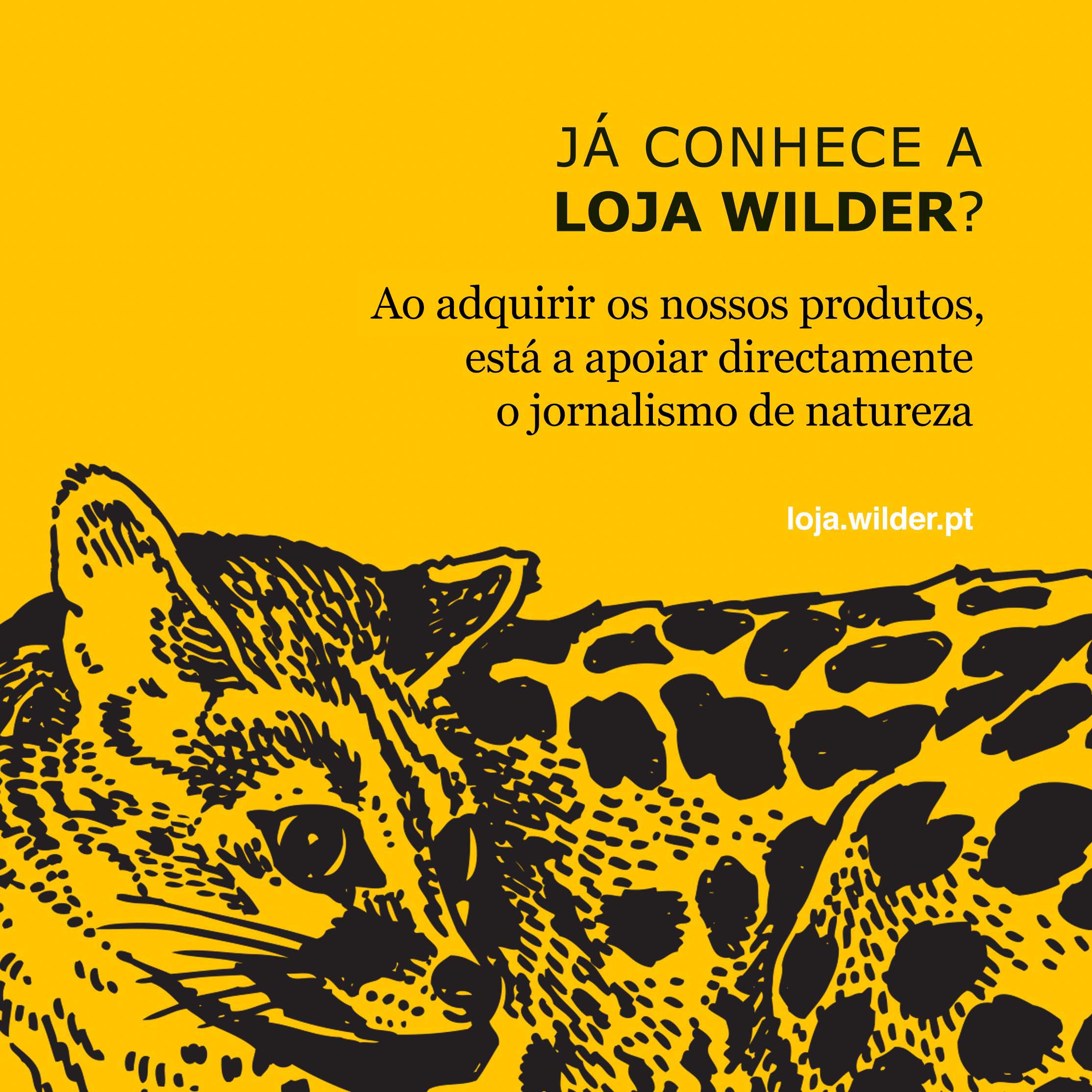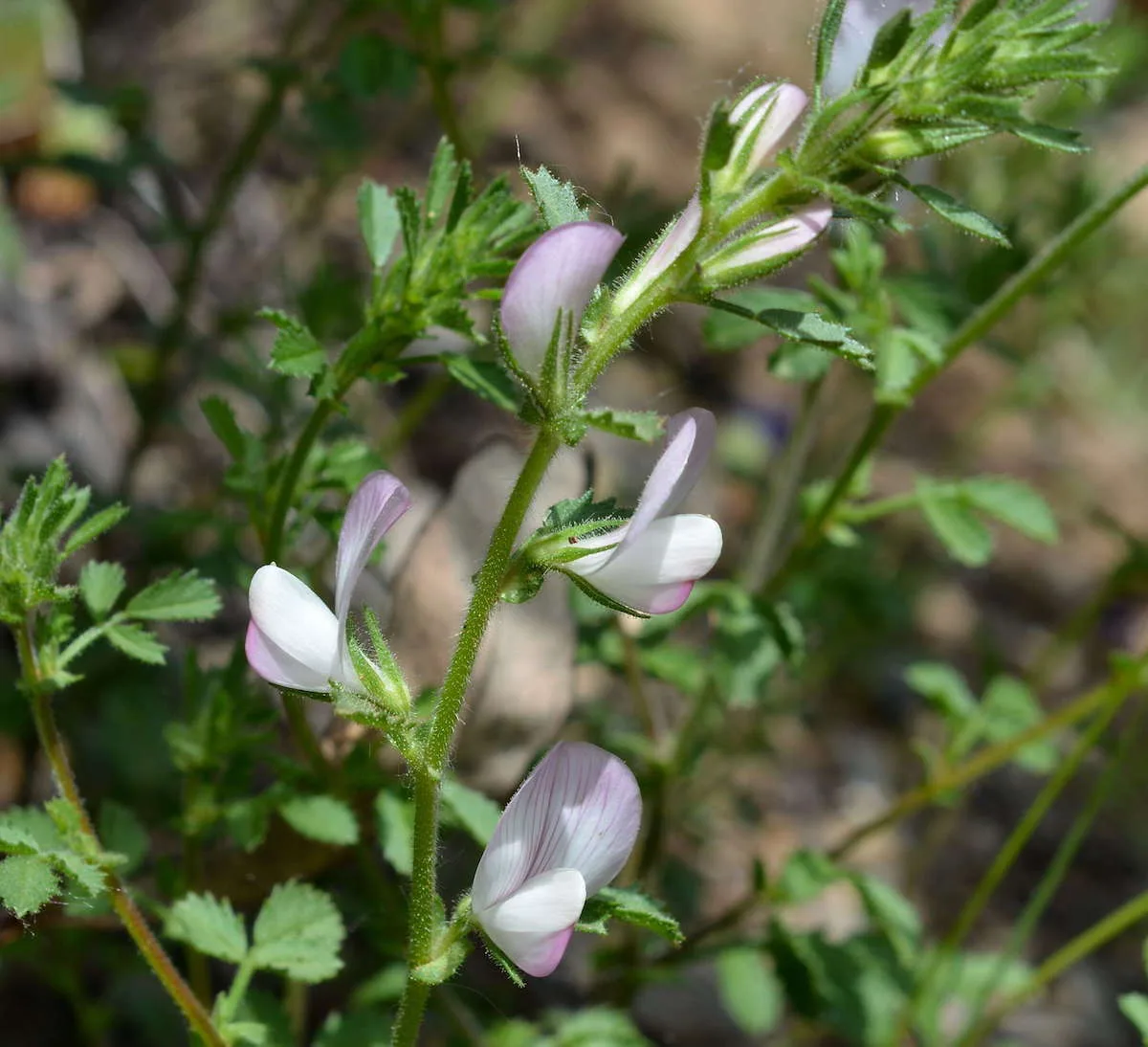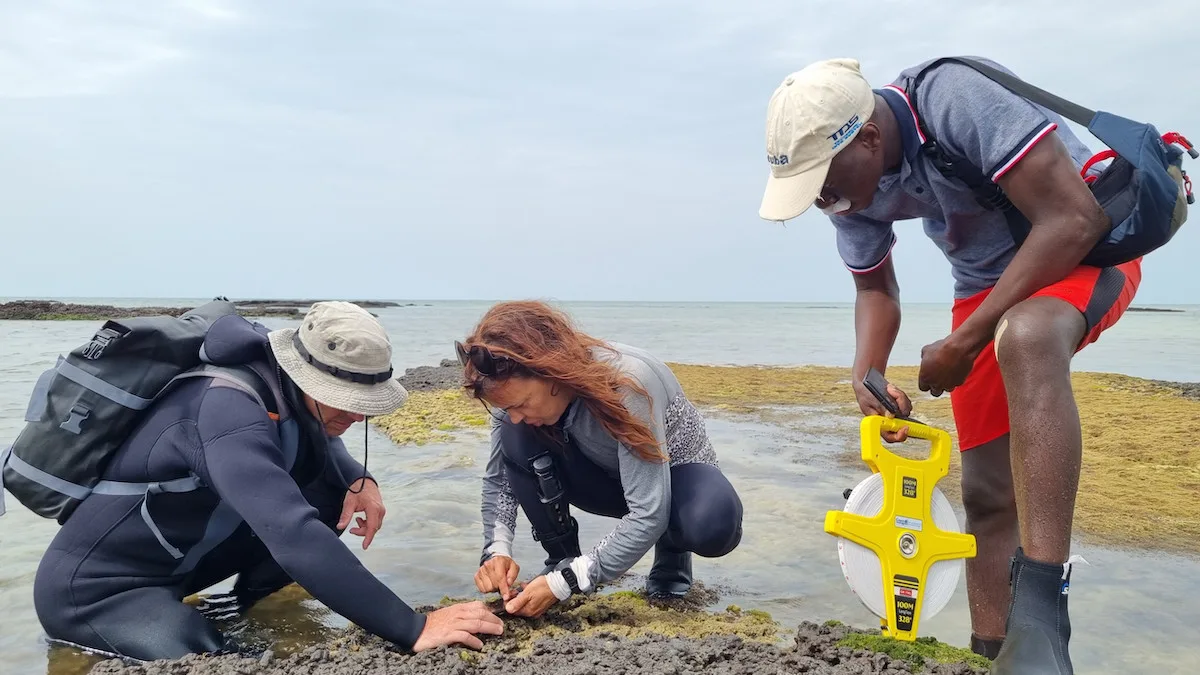Probably at some point you even have seen this common turtle (Caretta caretta) named “Lolita”. In 2014 it was in the Oceanarium of Lisbon, during its recovery, after being caught in fishing nets. It was returned to the sea this month and has already travelled more than 130 km.
In September 2013, this sea turtle was taken to the Marine Animal Rehabilitation Center of L’Oceanografic in Valencia, Spain, after being rescued by fishermen. “Lolita” had been accidentally caught in fishing nets off the coast of Alicante in Spain. It weighed about six kilos and had the right front fin strangled by a net cable. Vets who treated it were forced to amputate the fin to ensure its recovery.
A few months later, on 11th February 2014, it arrived at the Oceanarium of Lisbon, Portugal, and was able to be introduced into the aquarium during the previous temporary exhibition “Sea turtles. The Voyage”. In August it returned to the Center of L’Oceanografic in Valencia with twelve kilos of weight.
This year, on 15th July, the turtle was reintroduced in its natural habitat, off the coast of Alicante, with a satellite transmitter provided by the Oceanarium of Lisbon. The aim is to track and monitor its voyage.
Until 25th July “Lolita” had travelled 136 kilometers at an average speed of 4.6 km/hour. In these eleven days it reached a maximum depth of 1322.09 meters.
The common turtle (Caretta caretta) is a species classified as Endangered on the Red List of IUCN (International Union for Conservation of Nature).

